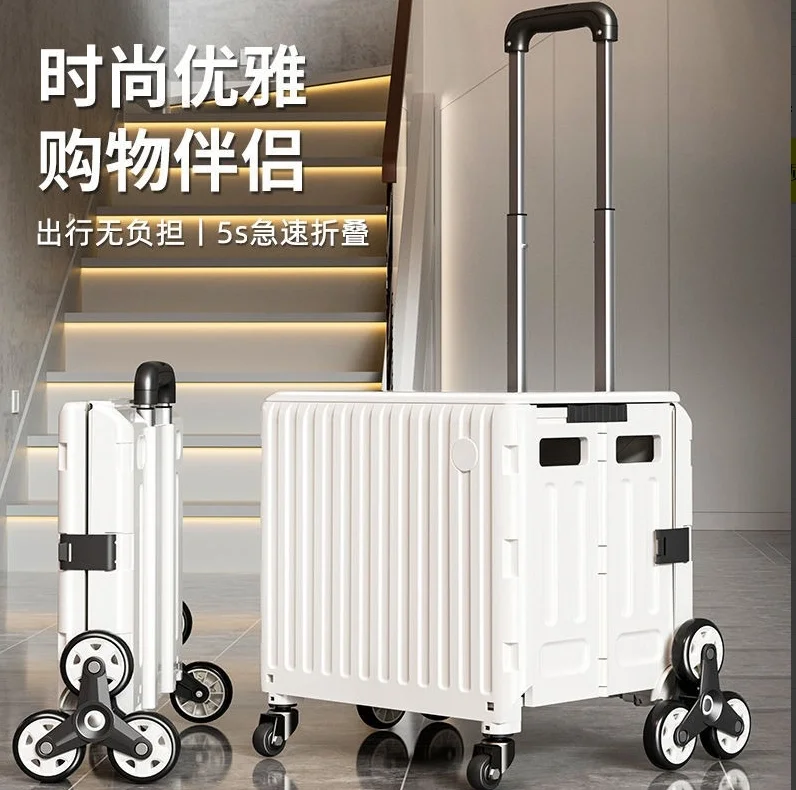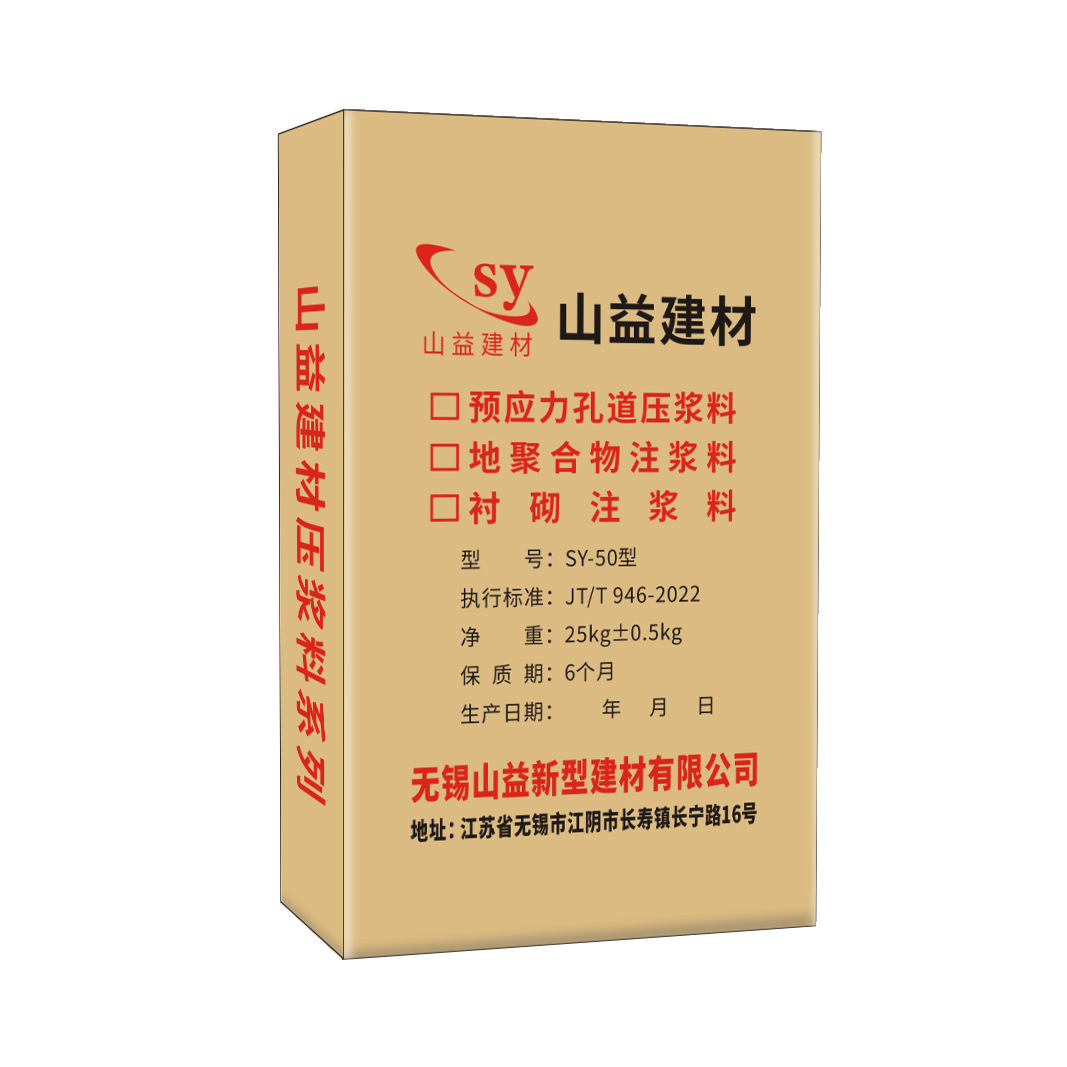Waterproofing is a critical aspect of construction and maintenance that often goes overlooked until it’s too late. Whether you’re dealing with a residential basement, a commercial building, or outdoor structures, selecting the right waterproofing method can save you from costly repairs and health hazards associated with water damage. But with a plethora of options available, how do you determine what type of waterproofing is best for your specific situation? This article delves into the various waterproofing methods, their applications, and factors to consider when making your choice.
Understanding the Types of Waterproofing
Waterproofing methods can be broadly categorized into two types: external and internal waterproofing. Each type serves different purposes and is suited for various applications.
- External Waterproofing
External waterproofing is primarily used to prevent water from entering a structure. This method is often applied during the construction phase and involves several techniques:
- Membrane Systems: These are sheets of waterproof material (such as rubber or PVC) that are applied to the exterior of a building. They create a barrier against water infiltration and are particularly effective for foundations and retaining walls.
- Liquid Waterproofing: This involves applying a liquid coating that cures to form a seamless, waterproof membrane. Liquid waterproofing is versatile and can be used on various surfaces, including roofs and balconies.
- Drainage Systems: Proper drainage is crucial for external waterproofing. Installing French drains or other drainage systems can redirect water away from the foundation, reducing hydrostatic pressure and preventing water ingress.
- Internal Waterproofing
Internal waterproofing is used to manage moisture that has already penetrated a structure. This method is often employed in basements and crawl spaces:
- Sealants and Coatings: These products are applied to interior walls and floors to create a barrier against moisture. They can be effective for minor leaks and dampness but may not be suitable for severe water intrusion.
- Sump Pumps: In areas prone to flooding, sump pumps can be installed to remove excess water from basements. This system works in conjunction with drainage solutions to keep the interior dry.
- Dehumidifiers: While not a waterproofing method per se, dehumidifiers can help control humidity levels in damp areas, preventing mold growth and further damage.
Factors to Consider When Choosing Waterproofing Solutions
When determining the best waterproofing method for your needs, consider the following factors:
- Type of Structure
The nature of the building—whether residential, commercial, or industrial—will influence your choice of waterproofing. For instance, a residential basement may require different solutions compared to a commercial parking garage.
- Environmental Conditions
Local climate and soil conditions play a significant role in waterproofing effectiveness. Areas with high rainfall or a high water table may necessitate more robust waterproofing measures, such as external drainage systems.
- Budget Constraints
Cost is always a consideration. While some waterproofing solutions may have a higher upfront cost, they could save you money in the long run by preventing water damage and the associated repair costs.
- Long-Term Maintenance
Consider the maintenance requirements of the waterproofing system. Some methods, like liquid waterproofing, may require reapplication over time, while others, like membrane systems, can last for decades with minimal upkeep.
Conclusion: Making an Informed Decision
Choosing the best waterproofing solution is not a one-size-fits-all approach. It requires a thorough understanding of your specific needs, environmental conditions, and budget. Consulting with a waterproofing professional can provide valuable insights and help you make an informed decision tailored to your situation.




+ There are no comments
Add yours